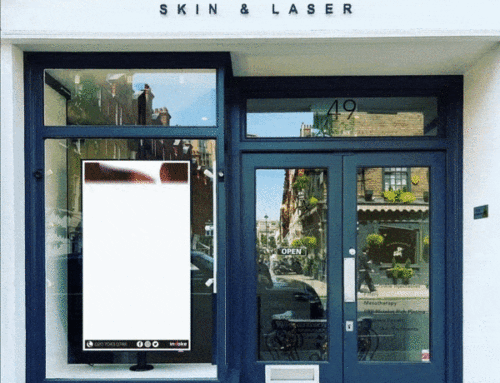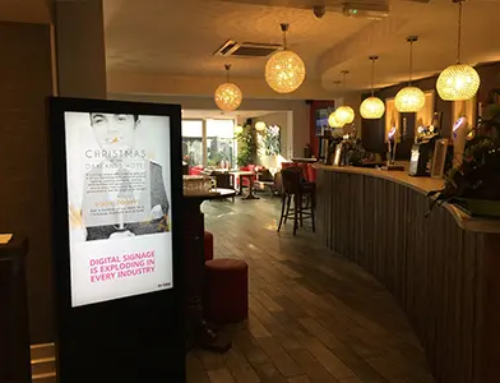As digital signage content management systems have become more versatile, public locations are increasingly finding opportunities to deploy interactive kiosks to display community information and paid advertising. Tourism sites and urban centers in particular are offering highly versatile interactive kiosks.
The tourism authority in Blowing Rock, North Carolina has plans to install its first interactive kiosks to promote its tourist attractions. The two-sided, interactive kiosks from Meridian Kiosks will fit within existing wooden fixtures.
“These units were designed to basically replace the notice boards that were in there,” said Chris Gilder, founder and CEO of Meridian Kiosks.
The company’s Interact software allows the screen to display changing images.
“You can change the whole look and feel of the solution,” he said.
Versatility drives ‘smart cities’ kiosks
Such versatile signage is also helping to drive the growth in “smart cities” kiosks in urban environments.
“A lot of the cities want to become ‘smart cities’ and give people a lot of information at their fingertips of what’s going in the city, whether it’s wayfinding, bus routes, trains, tram routes, etc., giving people up to the minute live information,” Gilder said. “A lot of those are becoming interactive, which is great. This allows people to drive the content that’s relevant to them very quickly.”
City governments are recognizing they can use interactive kiosks to make public transportation easier to navigate and make information accessible to citizens. They are also realizing that behind the scenes, kiosks can provide efficiencies through robust data networks, be they subsidized or funded through third party advertising.
“If it’s done well, it can integrate with peoples’ mobile devices so they can take information with them as well,” Gilder added. “It’s much more effective if someone can take the information away with them.”
“The fact that they’re providing visitors or local people with up to the minute information allows us to potentially tie in to alert systems, Amber alert systems, weather alert systems, other warning systems,” he said.
Other technologies drive growth
The growth of smart phones is supporting interactive digital signage kiosks, Gilder said.
“The fact that these can interact and talk with a person’s mobile device is very powerful,” he said.
Other technologies supporting public kiosks include facial recognition technology, surveillance technology and analytics. Analytics give the sponsors information on how many people are walking by the signage and how many are looking at it.
“There are a lot of technologies that can be packed into these smart cities digital signage kiosks,” he said.
Digital advertising networks are also growing.
“The next phase of that for those companies and those networks is interaction,” Gilder said, be it through signage or a mobile device.



